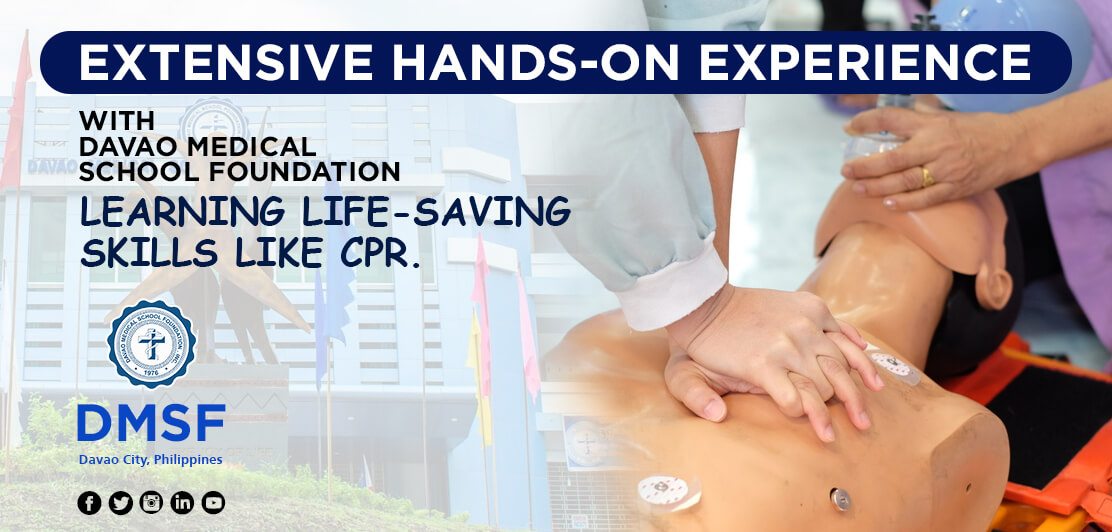
Extensive Hands-On Experience with Davao Medical School Foundation: Learning life-saving skills like CPR.
CPR - Cardiopulmonary Resuscitation is a life-saving procedure that is performed during an emergency when the heart stops beating suddenly. When you come across accidents, specifically major or minor, one may not be in a position to ignore the situation. Every individual must be aware of basic first aid to react as per the circumstances. Davao Medical School Foundation is one such institution to raise awareness regarding CPR first aid.
Basic Life Support (BLS) is the life-saving method for the instant recognition of cardiac arrest. Davao Medical School Foundation conducts many campaigns to create awareness of CPR. There were many cross-sectional studies done on CPR.
Medical students are the future doctors. The key skill to be developed by the graduates is to develop skills for saving life through CPR anytime and anywhere. Students play an integral part in inculcating the pragmatic skill of CPR. The medical students and the public are generally found to be very enthusiastic to learn CPR if taught in the right manner.
What is CPR?
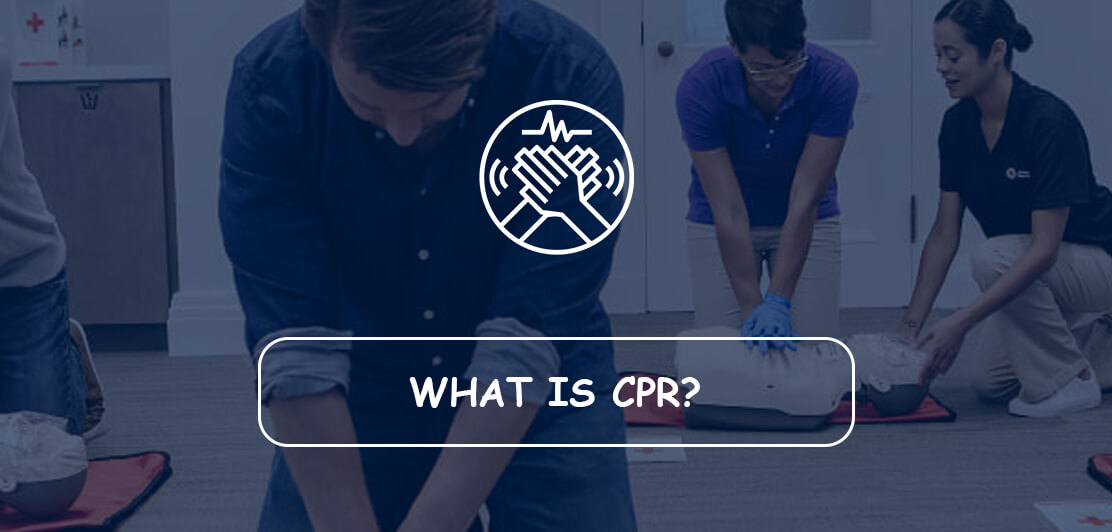
It is a life-saving medical procedure that is given to an individual, who is having a cardiac arrest. It helps to pump the blood around the body when the heart fails to do it. CPR is a procedure for supporting and maintaining blood circulation and breathing in infants, children, or adults in case of respiratory arrest or if the heart has stopped working.
CPR is performed to provide oxygen and blood flow to the heart, brain, and other vital organs within the human body. CPR can be performed by trained lay people as well as medical professionals over infants, children, or adults.
Cardiac arrest can be caused by allergic reactions, ineffective heartbeat, blocked breathing passages, drowning, choking, an overdose of drugs, severe shock, or trauma. In the case of infants, the cardiopulmonary arrest is due to respiratory failure caused due to Sudden Infant Death Syndrome (SIDS), obstruction in the airway, neurologic disease, or even drowning. Cardiac arrest in children might be due to shock or accidents.
Performing CPR
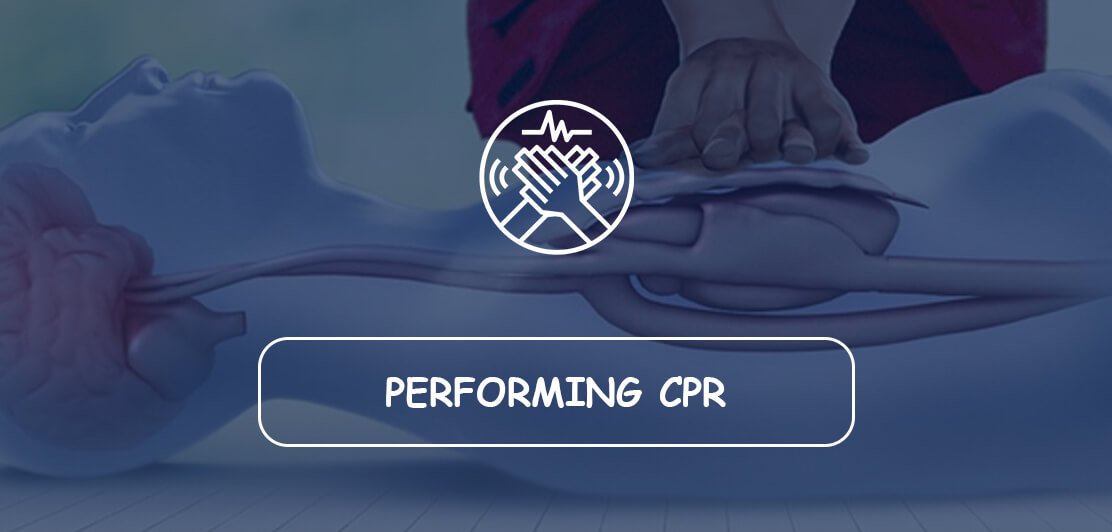
CPR techniques vary from children, infants, and adolescents. Children below the age of eight years will have heart rates much faster than adults. While the CPR techniques are different for children aged eight and above. Let us study in detail:
CPR on Infants
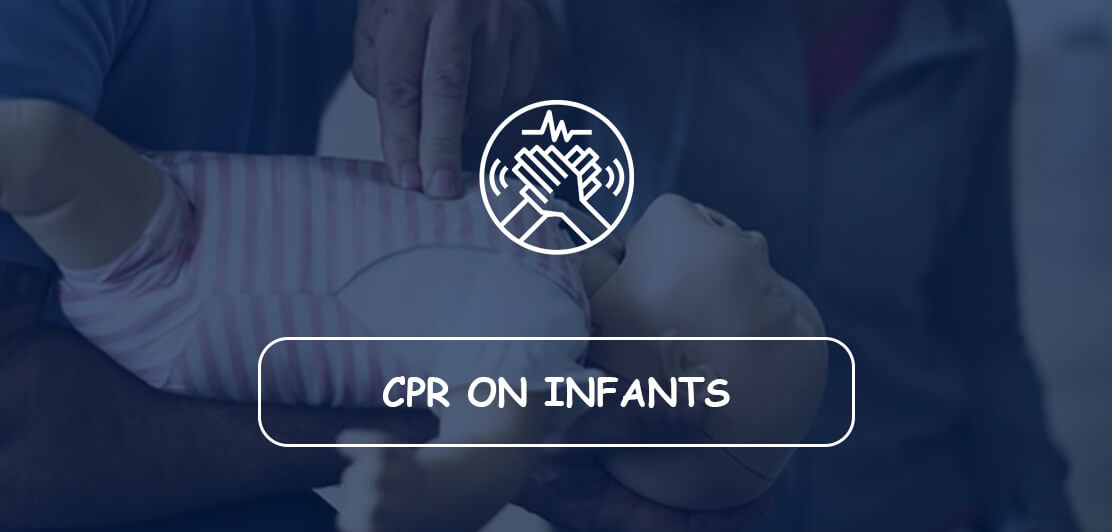
For infants, the airway is opened using head tilt, jaw thrust, or chin lift, also by breathing through mouth and nose. The rescuer places their mouth over the infant's mouth and gently breathes, so as the air reaches the chest. Chest compressions are provided with two fingers and the other hand below the sternum by pressing them about inch to inch. CPR is followed by chest compression and repetitive breath cycles.
CPR on Child
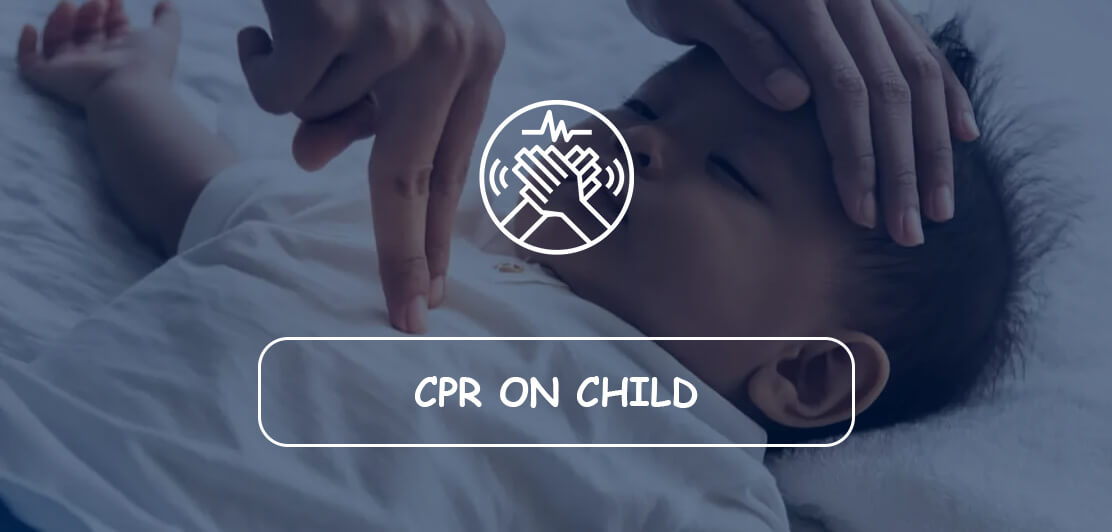
For children aged above eight years, the rate of compression is the same with five compressions and rescue breaths. While the resume breaths are done using mouth-to-mouth breathing instead of mouth-to-nose breathing. Chest compression is provided below the lower sternum.
CPR on adults
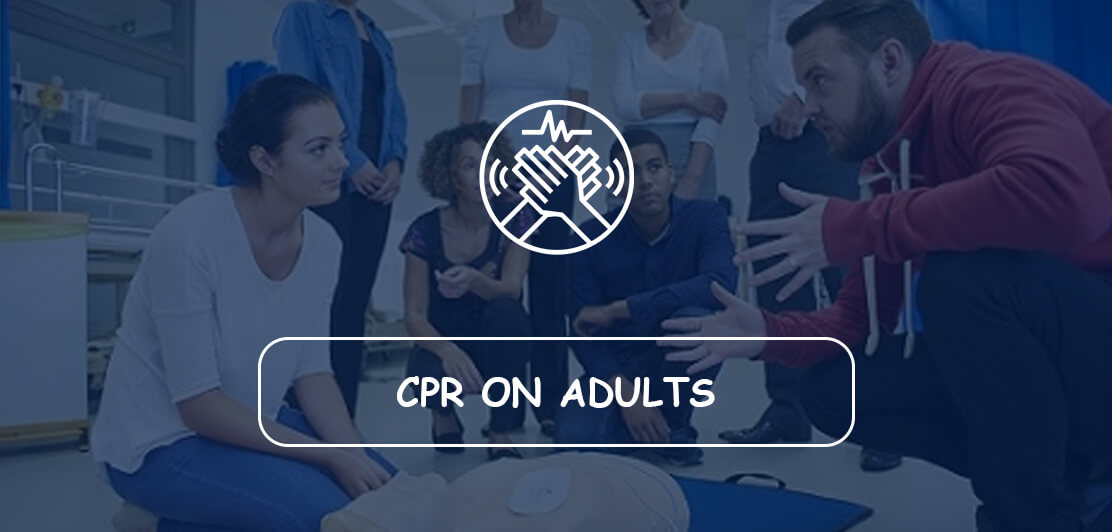
The compression rate for adults is 80-100 per min, which is followed by 15 compressions to rescue adults. Both the hands are used for compressions followed by breathing.
How to perform CPR?
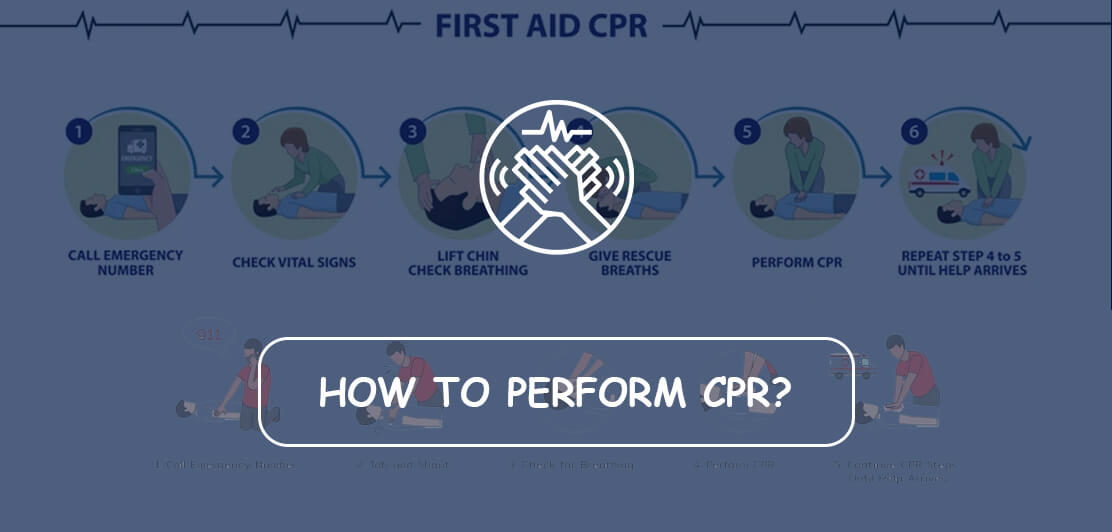
The following steps provided below are the CPR training done through the hand:
- Conducting Survey - Ensure your safety before reaching the person in need.
- Checking for the patient's response - Make sure to check for their reaction, tap the bottom of the foot and ask if they are ok?
- Seeking Help - If the person/ patient is found to be unresponsive seek emergency help immediately, begin with CPR
- Hand positioning - Place the hands over the chest, interlock your fingers, while the heel of your hand remains on the chest. For adults, one hand shall be sufficient, but for infants, it must be done using two fingers.
- Start with Compression - Push your upper body straight down the chest with at least 2 inches and perform 100-120 compression per minute. For infants push down your chest of one and a half inches and provide compression of 100-120 per minute.
- Continue to provide compression - keep repeating with the compression cycle until the person breathes or you seek medical help.
Performing CPR through the mouth
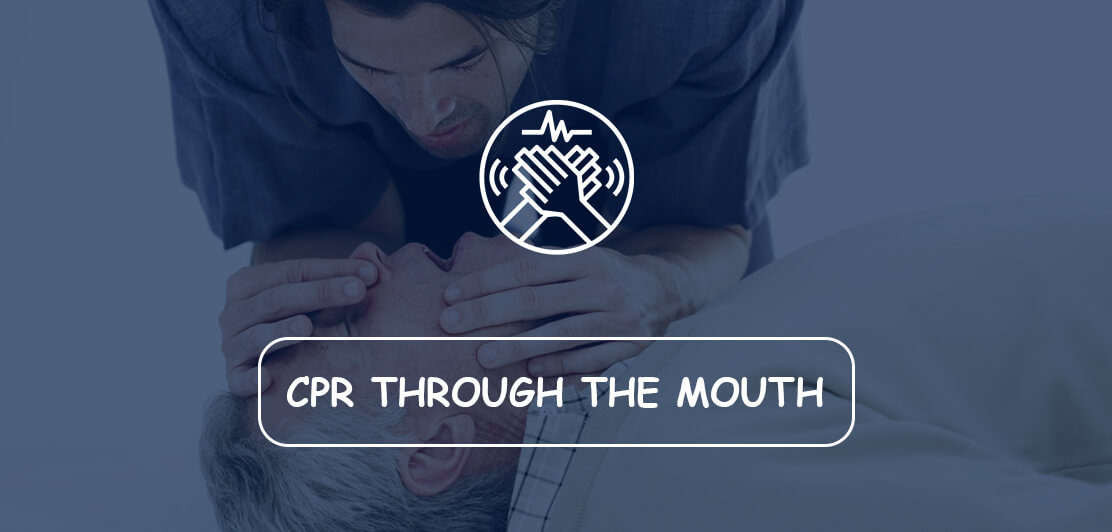
In the few minutes of Cardiac Arrest, there shall be oxygen in the bloodstream of the person. If you come across people finding severity with breathing perform the following steps with 30 chest compression:
Opening the airway
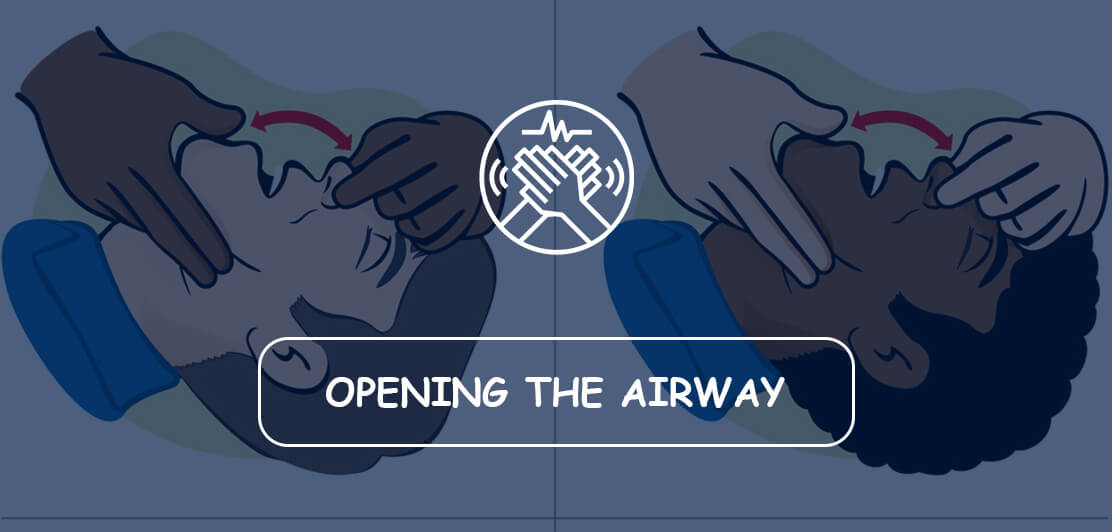
Put the palm of your hand over the person’s forehead and tilt your head back. Then gently lift the chin forward with the other hand. For infants, it is advised to tilt the head alone to open the airway.
Provide the rescue breathe
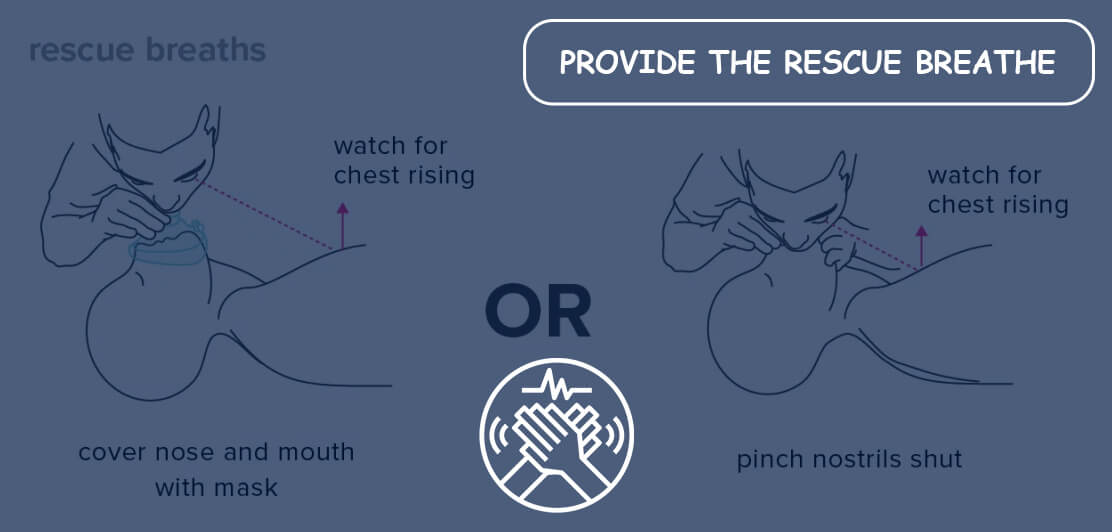
Providing resume breathing is appropriate for any age above 1 year. Through the airway open, shut the nostrils and cover the person’s mouth to seal, give rescue breath that lasts for at least a second. You can watch for the chest to rise, if it doesn't try repeating the same.
Try rescue breathing along with chest compression
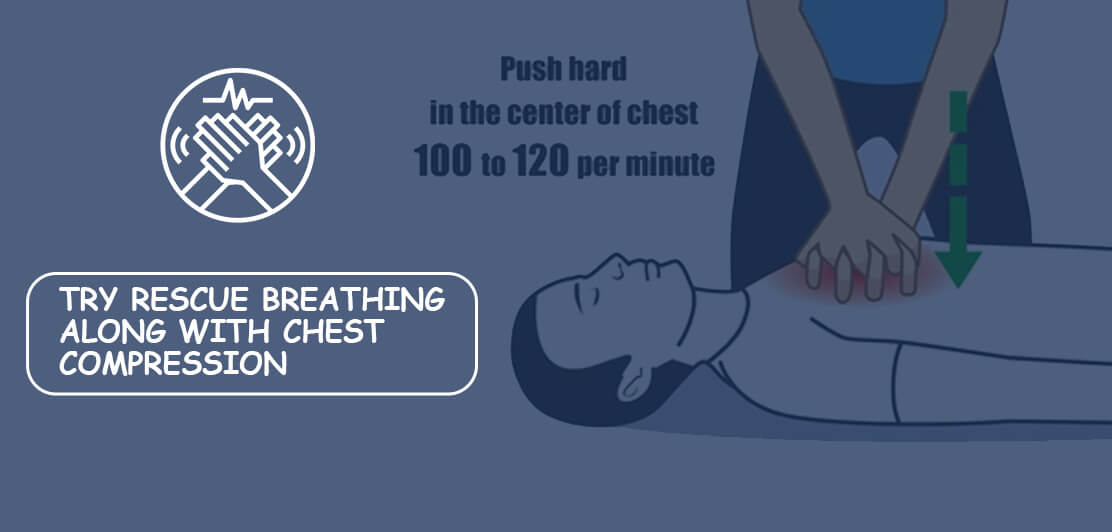
Continue to provide chest compression along with rescue breath until the person can breathe. If the person starts to breathe, let them calm down and wait for the medical assistance, if not continue with the compression and seek medical help immediately.
Public awareness is of utmost importance, for life-saving skills. Globally many countries have come forward to emphasize the importance of CPR. There are so many deaths that occur due to sudden cardiac arrest. Here is when the medical professionals and public must be aware of CPR training. Davao Medical School Foundation does its major part in building campaigns for public awareness of CPR.
Davao Medical School Foundation- CPR awareness
Cardiac arrest contributes to the natural cause of death, in countries like the Philippines the most common cause of death occurs due to sudden cardiac arrest. Although it can happen to anyone at any time it prevails as the common cause as it strikes with no prior symptoms.
It is very important to learn and train with CPR by anyone, as it requires no special training or skills. It is just that the knowledge of this skill should be spread across every individual, Davao Medical School Foundation creates awareness regarding CPR techniques and training through mass campaigns in public and many other summer camps.
Medical students must be prepared for emergencies, out of a study conducted to assess the awareness of CPR among medical and dental students, only 26% of the medical students were aware of the appropriate depth of chest compression, about 70% of the medical students were not aware of the chest compression depth in infants and adults. But, at Davao Medical School Foundation students are well aware of the CPR techniques through simulation mannequins, and how to handle the patient in such an emergency.
Davao Medical School Foundation takes the responsibility to build the future doctors with utmost responsibility, during the mass campaign students participate using the dummies to learn the medical emergency procedure. Davao Medical School Foundation conducts several public awareness campaigns through the medical students to create awareness regarding the CPR techniques, as it can save the lives of many.
Conclusion
Due to the lack of awareness of CPR techniques, every day there are about 1.15 lakhs deaths around the world. According to WHO nearly 5.8 crores of people die due to heart attacks. The sudden cardiac arrest seems to be more frequent in adults who are in the mid-age of 30-40, it affects men twice as it does for women. The condition is quite rare in children, one or two kids may get affected among every 1,00,000 children.
The medical professionals and the public must acquire knowledge regarding CPR, as these emergency skills will help the patient to restore their blood circulation during the time of the cardiac arrest. CPR training gains importance in medical students, as its attempts to improve the life-supporting skills in medical students. It lies in the hands of a medical student to teach and bring awareness regarding the life-supporting skill.
Davao Medical School Foundation (DMSF) has a huge hand in educating its students and the public to bring awareness of CPR training and ensures to bring the change that emphasizes learning CPR techniques for both medical students and the public.
Davao Medical School Foundation provides extensive hands-on practice through clinical rotation during the 3rd and 4th year of MBBS course. DMSF is affiliated with five hospitals to train the students, and those are Davao Medical School Foundation, Southern Philippines Medical Centre, Davao Doctors Hospital, San Pedro Hospital and Brokenshire Hospital, which all together have a bed strength of 4000 beds for the students to get clinical exposure.
Davao Medical School Foundation is first of its kind to set up Simulation Mannequins for clinical training. DMSF allows its students to make use of the state-of-the-art virtual reality platforms which helps the students to study anatomy. Also it is the first college to install 3D anatomage and cadavers for better learning. One of the other trends is the Plastinated Models, to study the cross-section of human anatomy.
With the admissions being opened now, join Davao Medical School Foundation to explore the latest technology, to visit our website click on : www.dmsf.ph, or you can call us on :1800 547 3220
